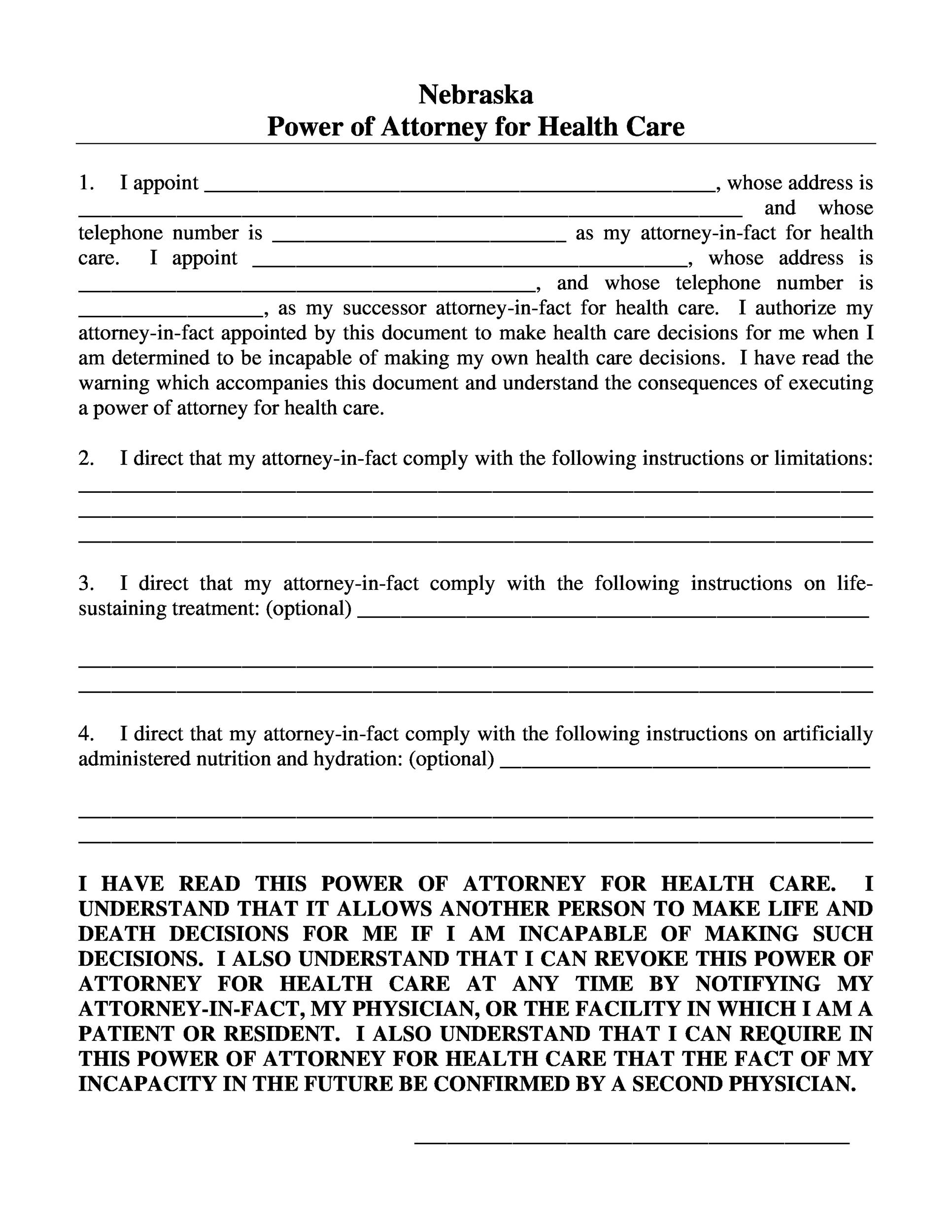The world of the independently guaranteed has actually been a big black box, however about 60% of the nation gets their coverage from personal insurance providers and they are under 65. Part of this work has been asking to what degree our understanding of health spending borne from the analysis of the Medicare population is generalizable to the independently guaranteed.
We found the correlation between costs for the two populations has to do with 14%. That is really, extremely low. A lot of the locations that we've been using as models for the country, based upon their low spending for the Medicare population, are high spending for the privately insured. It's extremely crucial to comprehend why costs on Medicare and the privately insured are different.
For the privately guaranteed, rate discusses most of health costs variation. Medicare rates are set by the federal government. On the personal side, each medical facility takes part in a settlement with each insurer. These personal costs are a function of settlement between 2 parties. Spending is a function of price times quantity.
They Drug Abuse Treatment are more most likely to do an MRI. They are more likely to hospitalize for certain conditions. They are more most likely to put patients in an ICU.On the private side, amounts vary just as they do on the general public side, however costs vary as wellthey're not set by a regulator.
This informs us that the opportunities to target healthcare spending most likely differ for the Medicare population and the privately guaranteed. For Medicare, the goal must be to lower excess quantity. On the private side, we don't wish to see excess care, but we actually need to target cost. how does universal health care work. We looked at seven various treatments and discovered that prices differ enormously across the U.S.
Throughout the country, the cost of a knee replacement can differ by as much as a factor of 17the most pricey medical facility is 17 times as expensive as the least costly healthcare facility. Within geographic locations, that can be, for knee replacements, as much as a factor of 8. Lower-limb MRIs, when you set aside the reading of the MRI, do not have much quality variation, yet, as an example, the most expensive health Visit this website center in Miami is charging 9 times as much for an MRI as the cheapest supplier.
The Ultimate Guide To Which Of The Following Is A Trend In Modern Health Care Across Industrialized Nations?
We discovered a really small relationship between healthcare facilities' quality and their costs. There is an unfavorable return to being low quality. The worst-performing quartile on quality scores have costs about 3% lower than an average-quality health center. At the other end, medical facilities ranked extremely by U.S. News and World Report are about 13% more pricey than other medical facilities.
The factor that discusses many of the variation is healthcare facility market power. Why are some healthcare facilities able to charge 17 times more than other hospitals? Why can one company charge 9 times what another does within a city for the specific same thing? Because the marketplaces are not operating successfully.
Monopoly medical facilities can extract greater rates when it concerns settlements with personal insurance companies. If you are the only service provider in the location, you have the possibility to get much, much higher prices than if you were facing significant competitors. The advantage is still there in duopoly or triopoly markets.
We've got to take a look at these mergers with a lot more examination. We have actually got to look a lot more closely at how doctor price their services and how that affects individual households and the broader economy. We found, constant with the larger literature, that not-for-profits behave identically to for-profits.
Provided that not-for-profit medical facilities receive $30 billion every year in subsidies in the type of tax exemption, I think we have to ask hard concerns about whether we must be offering not-for-profit status to these large hospitals. It's a fantastic concern, and we don't know. My instinct is that it goes to the leadership of these hospitals in the form of here greater pay and it gets reinvested into the facility, a few of which goes to better client care, some of which goes toward shinier structures and fancier technology with unclear advantages for patients.
This research study informs us that insurance coverage premiums are so high because healthcare provider costs are incredibly high. The method to check the cost of health care services is by targeting the enormous variation in companies' costs. We can do that by making prices more transparent, making these markets more vibrant, and really blunting the monopoly power that a great deal of large doctor have, which has permitted them to raise prices.
The Best Strategy To Use For The Health Care Sector Constituted What Percentage Of The U.s. Gross Domestic Product In 2014?
Right now, for a health center to get paid by Medicare it has to report quality information. I believe hospitals ought to likewise be required to report their costs. And seriously, we need antitrust enforcement. We have to stop a few of the remarkable mergers that have actually been happening with rapidly increasing frequency over the last 10 to 15 years (who is eligible for care within the veterans health administration).

Healthcare is one of the most greatly lobbied markets in America - how to start a non medical home health care business. The medical facility industry itself is 8% of GDP, so there would be a lot of pushback. However when we compare the pushback to the discomfort that high healthcare costs are inflicting on all of us, the motivation for action is quite clear.
7 trillion industry that's rife with inadequacy leaves tremendous space for innovators to come in and interfere with the status quo. We are beginning to see companies do that. Considering that company pays a portion of the insurance premiums for millions of staff members, CEOs are aware that health care expenses are a huge stress.

Some companies are doing an amazing task looking for creative methods to decrease health care costs. I understand of one company that's in fact paying patients to choose a lower-price MRI. It's the same quality. The patient is paid $500. The business still pays less overall. Everybody wins. Or, if I'm a worker in a Chicago office, maybe my business will permit me to fly to the Mayo Clinic or to MD Anderson in Texas where, possibly, I can get care that is both cheaper and greater quality than I can get locally.
Increasing patients' sensitivity to cost and quality and their desire to take a trip additional to get better and lower expense care might have an effect. But today, we have a really complex market with practically no info. The federal government has the most power to effect change. The U.S. is an outlier due to the fact that it is one of the only countries where health care rates are market figured out.
One of the difficult questions in healthcare is whether the manner ins which healthcare differs from traditional markets allow costs to be set through negotiation. I believe the jury is still out. Ultimately, if making these markets more transparent and increasing competition does not control rate, then we need to think about whether healthcare is so different from other sectors of the economy that it requires something like price guideline.